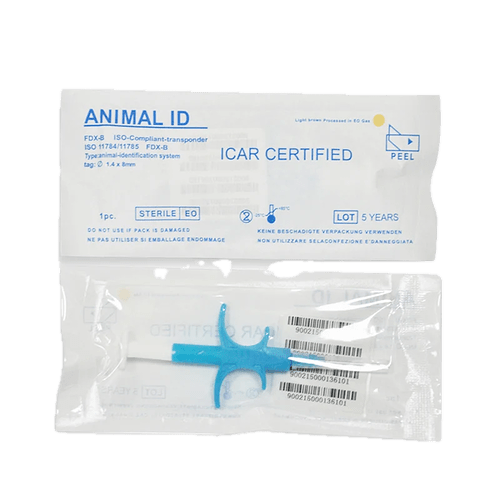Hi, thank you very much, looks like a useful thing! I’m still alive, so ok) What about you buddy, all ok?
Awesome
Haha, So nice of you to ask especially with whats happening in your back yard.
I’m all stress free in my little isolated part of the world
This is very good, I’m frankly happy for you! It’s good that there is a safe place, I haven’t thought about it before.
Now I’m writing to you, and I can hear the work of our air defense)) Today the ruzzians are experiencing an aggravation))
“Experiencing an aggravation” is my new favorite phrase. Hope you stay safe, friend.
Im ok, thank you!
haha) glad you liked it! my new friend)
@v0yager’s tool works well for storing small amounts of data on chips. GitHub - flamebarke/biovault: Read and write AES-256 encrypted files to an NFC implant (xSIID)
In theory, if that holds the data needed to get into your accounts and an encryption key, the encrypted data can then be anywhere cloud based, for example.
It isn’t a huge amount of data, but it’d certainly be enough for things like Apple ID recovery codes, password manager recovery codes etc. You could even store your password manager password there.
You could do the same with the NDEF container on the Apex, and also use that as the FIDO2 token to get back into your accounts. With OpenPGP, it could even do the crypto to retrieve the data.
The most important thing is understanding your recovery model for that, whether you want to be able to pick up a standard smartphone for example, and start the process. Or you’d be happy getting to a PC and github and so on.
Link
Updated my post, thanks. Thought I’d added it
Why place at your shoes what can be implanted subdermally, wrapped in aluminum at a capsule? 2tb microsd aluminum wrapped + capsule = entire blockchain daemon ready to fire up at an emergency at a beaglebone or raspberry pi for example. He’s willing to make something custom at a microusd for 736CAD.
Doesn’t unpowered NAND flash experience significantly faster bit rot than other forms of data storage, like 1-3 years?
write and erase cycles aren’t going to degrade memory bc it’s implanted and might not be used for years. I think bit rot depends on the quality and technology used in manufacturing the flash memory…while unpowered NAND flash can face data degradation over time, the timeline for significant degradation could be longer than a few years, especially for high-quality NAND flash storage…
I’m not extremely familiar with the pros and cons of different memory durability, and the mechanisms of failure. Browsing Wikipedia though it seems like the two major causes of NAND flash memory degradation both relate to a breakdown of the oxide layer. Greater memory density causes faster memory degradation, and repeated erase operations really damage it.
If you select a memory that is only as large as you need for the data you plan to save, and only write to it a few times (or preferably once) it should have a data integrity lifespan of at least a few years. I don’t see why you would do this unless you live under a repressive regime and need to do some light data smuggling.
That’s pretty pricey.
I would go to Amal for some custom work, I have no doubt it is do-able with Amals encapsulation method; obviously it would be a one off use.
I can’t guarantee a price, but I imagine it would be significantly cheaper than the capsule above.
Thanks for your answer, I’ll try to be brief.
My good friends lived in the ruzzian occupation for 10 months, tried to leave through other territories occupied earlier, what they went through was pure hell, namely (filtration camps) there for several days (suspicious ones up to a week) they were kept in the most terrible conditions with searches to the point of nakedness, and some completely disappear forever. Everything is taken away, you are not a human for them and it will not be possible to hide anything (literally in yourself). My task was to find for them, and perhaps for myself (if necessary), a way to smuggle a small amount of personal information that you cannot trust to anyone else.
The method was found thanks to several people who wrote above.
Syringes for microchipping pets were purchased at a local veterinary clinic, and the password to a saved encrypted file stored on a remote server in a city free from occupation was recorded on them. People carried the chip inside themselves.
